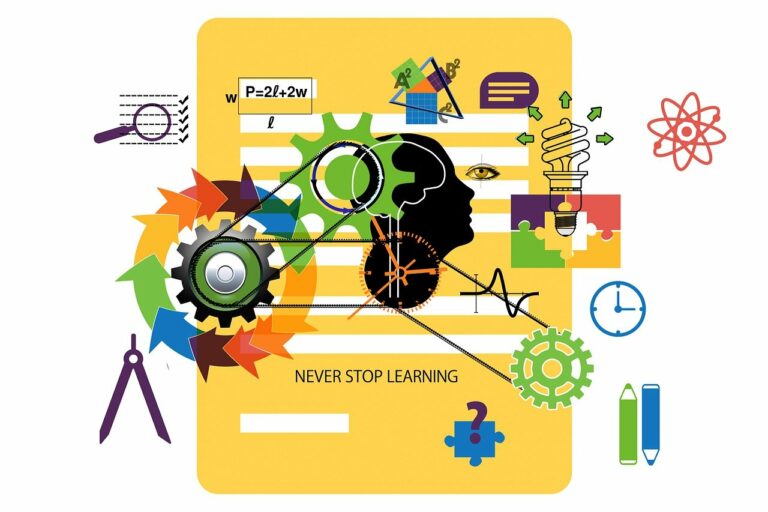Intersectionality in Education: Understanding and Addressing Multiple Identities
Intersectionality is a theoretical framework that acknowledges how various aspects of an individual’s identity intersect and interact with each other. It highlights that individuals experience multiple layers of privilege and marginalization based on factors such as race, gender, sexual orientation, socioeconomic status, and more. This concept emphasizes that these identity factors are interconnected and influence one’s experiences and opportunities in society.
By considering intersectionality, we can better understand the complexity of an individual’s experiences and how different forms of discrimination and oppression can compound. It prompts us to move beyond simplistic categorizations and recognize the diversity and interplay of identities that shape a person’s reality. Intersectionality challenges us to examine power dynamics and societal structures that perpetuate inequalities, encouraging a more nuanced approach to addressing social issues and advocating for equity and inclusivity.
Intersectionality is a theoretical framework that acknowledges how various aspects of an individual’s identity intersect and interact with each other.
It highlights that individuals experience multiple layers of privilege and marginalization based on factors such as race, gender, sexual orientation, socioeconomic status, and more.
This concept emphasizes that these identity factors are interconnected and influence one’s experiences and opportunities in society.
By considering intersectionality, we can better understand the complexity of an individual’s experiences and how different forms of discrimination and oppression can compound.
It prompts us to move beyond simplistic categorizations and recognize the diversity and interplay of identities that shape a person’s reality.
Intersectionality challenges us to examine power dynamics and societal structures that perpetuate inequalities.
It encourages a more nuanced approach to addressing social issues and advocating for equity and inclusivity.
Exploring Different Identity Factors in Education
When we consider identity factors in education, it is important to acknowledge that individuals are diverse and multifaceted. Students bring a range of identities into the classroom, including but not limited to their race, ethnicity, gender, sexual orientation, socioeconomic status, and abilities. These identities intersect and influence how individuals experience and navigate the educational setting.
Educators must be mindful of these diverse identity factors and create inclusive learning environments that recognize and celebrate the unique backgrounds of all students. By incorporating diverse perspectives and experiences into the curriculum, educators can help students feel seen, valued, and understood. Additionally, fostering a sense of belonging and inclusivity in the classroom can enhance student engagement, motivation, and overall academic success.
Challenges Faced by Marginalized Groups in Educational Settings
Marginalized groups in educational settings often encounter various challenges that impede their academic success and sense of belonging. Discrimination, lack of representation in curriculum, and limited access to resources are among the prominent issues faced by these individuals. Such obstacles can lead to feelings of alienation and inadequacy, hindering their potential to thrive in the educational environment.
Moreover, marginalized groups may face unequal treatment from educators and peers, further perpetuating a cycle of marginalization and exclusion. Inadequate support systems and limited opportunities for advancement can contribute to disparities in academic outcomes and overall success for these individuals. Addressing these challenges requires a comprehensive approach that values diversity, promotes inclusivity, and actively works towards creating a more equitable educational landscape.
What is intersectionality?
Intersectionality is a concept that acknowledges the interconnected nature of social categorizations such as race, class, and gender, and how they overlap to create unique experiences of discrimination and privilege.
How do different identity factors play a role in education?
Different identity factors such as race, gender, sexuality, disability, and socioeconomic status can impact a student’s access to resources, opportunities, and support in educational settings.
What are some challenges faced by marginalized groups in educational settings?
Some challenges faced by marginalized groups in educational settings include systemic discrimination, lack of representation in curriculum and faculty, limited access to support services, and microaggressions from peers and educators.
How can educational institutions better support marginalized groups?
Educational institutions can better support marginalized groups by implementing inclusive policies and practices, diversifying curriculum and faculty, providing resources for students from underrepresented backgrounds, and actively addressing issues of discrimination and bias.







